Pretty Yellow Flowers
Yesterday, I went with the association I play music for to a farming establishment which I'd heard about before, because one of the owners has a stall at the big monthly market where she sells fruit, vegetables, juice, jam, ylang-ylang essential oil and vanilla. She's married to a Mahorese man named Fouadi, and they cultivate everything they sell. Every Sunday, they organise visits of the farm, where you can come and see how they cultivate and distil the ylang-ylang flowers to obtain essential oil of ylang-ylang.
The first thing you notice about ylang-ylang trees is the smell, which somewhat overwhelms you if the wind is blowing in your direction. The second thing you notice is the height of the trees. As ylang-ylang flowers are only picked by hand, the trees are regularly pruned to keep them at human height. The top of the tree, called its "neck", must be bare of leaves or flowers at all times in order to receive maximum sunlight and bring the flowers to maturity faster.
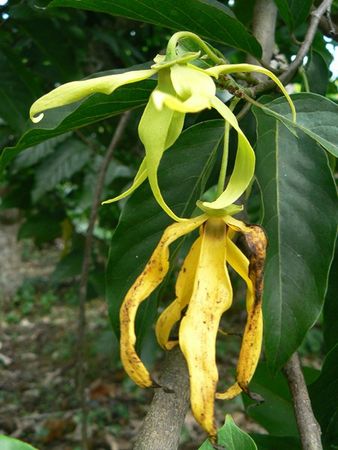
When we arrived, Aurore and Fouadi showed us the ylang-ylang flowers and how to recognize which ones were mature. Then they gave us paper bags and sent us off into the plantation. We were to pick as many yellow flowers as possible, although the green ones with a red band round the centre were also considered mature enough to enter into the preparation of ylang-ylang essential oil.
The ylang-ylang trees produce seeds, but these are not eaten... except occasionally by the natural weed-and-grass-mowers also pictured above. Below, the trees which become rather a particular shape after a few months or years of intensive pruning to keep them at a manageable height.
There were a couple of workers picking flowers around the site. The two crates above are their work, not ours. They're paid 2 euros per kilo of flowers. These flowers are used almost exclusively to make the essential oil... and for one litre of essential oil, you need 25,000 flowers.
Once a sufficient quantity of flowers had been collected, Fouadi put them into identical crates and weighed the full crates to find out the total weight. Today's collection of flowers totalled 45kg, of which 4kg collected by us, the visitors. Next, he poured about 10cm high of water into the lower vat, which he heated up by lighting a wood fire underneath. He then tipped all the flowers into the vat, put the lid on and waited. The flowers would boil in the hot water, and the steam would go up a tube into the second vat, which was filled with cold water. The condensed ylang-ylang vapour would then drip into a cylinder with cold water at the bottom. The less heavy essential oil would stay at the top and could be collected.
The yellow is the first-quality essential oil.
From start to finish, the distillation process takes 24 hours with three total collections. The first collection of essential oil is after two hours of distillation, that's when the oil is at its most intense, its highest quality and therefore its most expensive. Needless to say, this is the oil there is the least of. There are two further collections later on in the process, each of slightly lower intensity and therefore quality - each also cheaper - than the previous one.
While the flowers cooked, Fouadi took us on a guided tour of the farm. He explained that they grew everything they sold on the farm, be it ylang-ylangs, fruit or vegetables. There are quite a few problems linked to doing that, but they made a choice and are sticking to it.
There's everything in there: papayas, breadfruit, coconuts, lettuce, radishes, courgettes, branch peas, guavas, bananas, hot peppers, bell peppers and tomatoes which seemed to be suffering in the heat. The whole farm has an area of about 5 hectares.

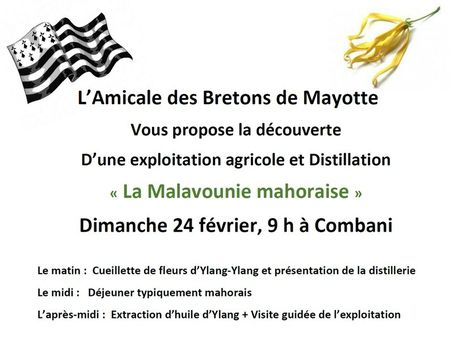





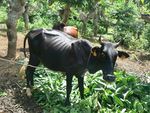



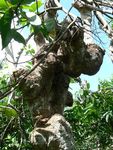
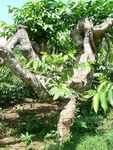


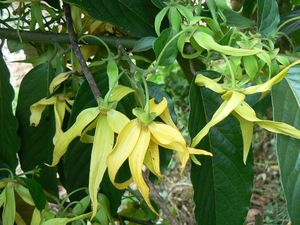


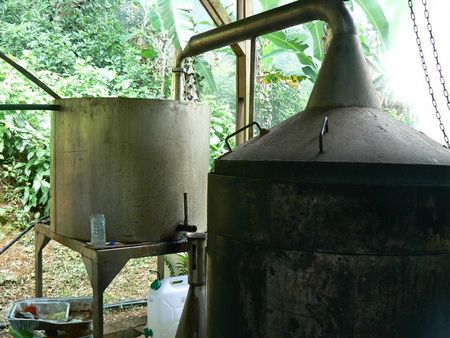
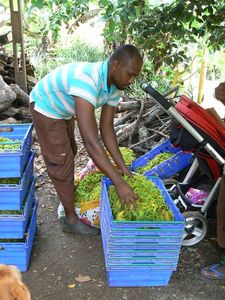


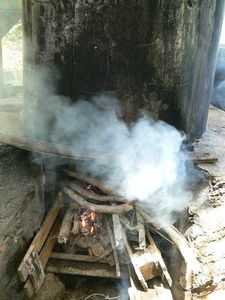





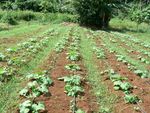

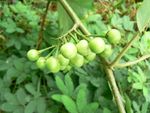


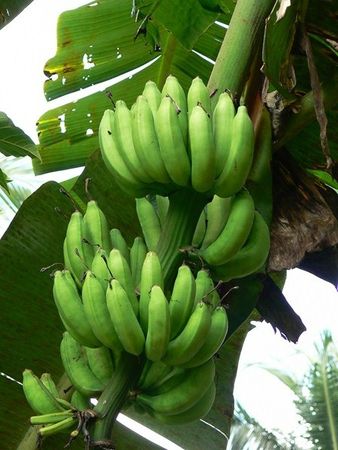

/http%3A%2F%2Fstorage.canalblog.com%2F74%2F16%2F886305%2F104399341_o.jpg)
/http%3A%2F%2Fstorage.canalblog.com%2F46%2F39%2F886305%2F105228464_o.jpg)
/http%3A%2F%2Fstorage.canalblog.com%2F48%2F20%2F886305%2F105197145_o.png)
/http%3A%2F%2Fstorage.canalblog.com%2F13%2F05%2F886305%2F104861776_o.jpg)
/https%3A%2F%2Fstorage.canalblog.com%2F34%2F27%2F886305%2F69902683_o.jpg)
/https%3A%2F%2Fstorage.canalblog.com%2F60%2F68%2F886305%2F69902677_o.jpg)
/https%3A%2F%2Fstorage.canalblog.com%2F88%2F49%2F886305%2F69902659_o.jpg)
/https%3A%2F%2Fstorage.canalblog.com%2F98%2F60%2F886305%2F69896713_o.jpg)
/https%3A%2F%2Fstorage.canalblog.com%2F53%2F34%2F886305%2F69883693_o.jpg)